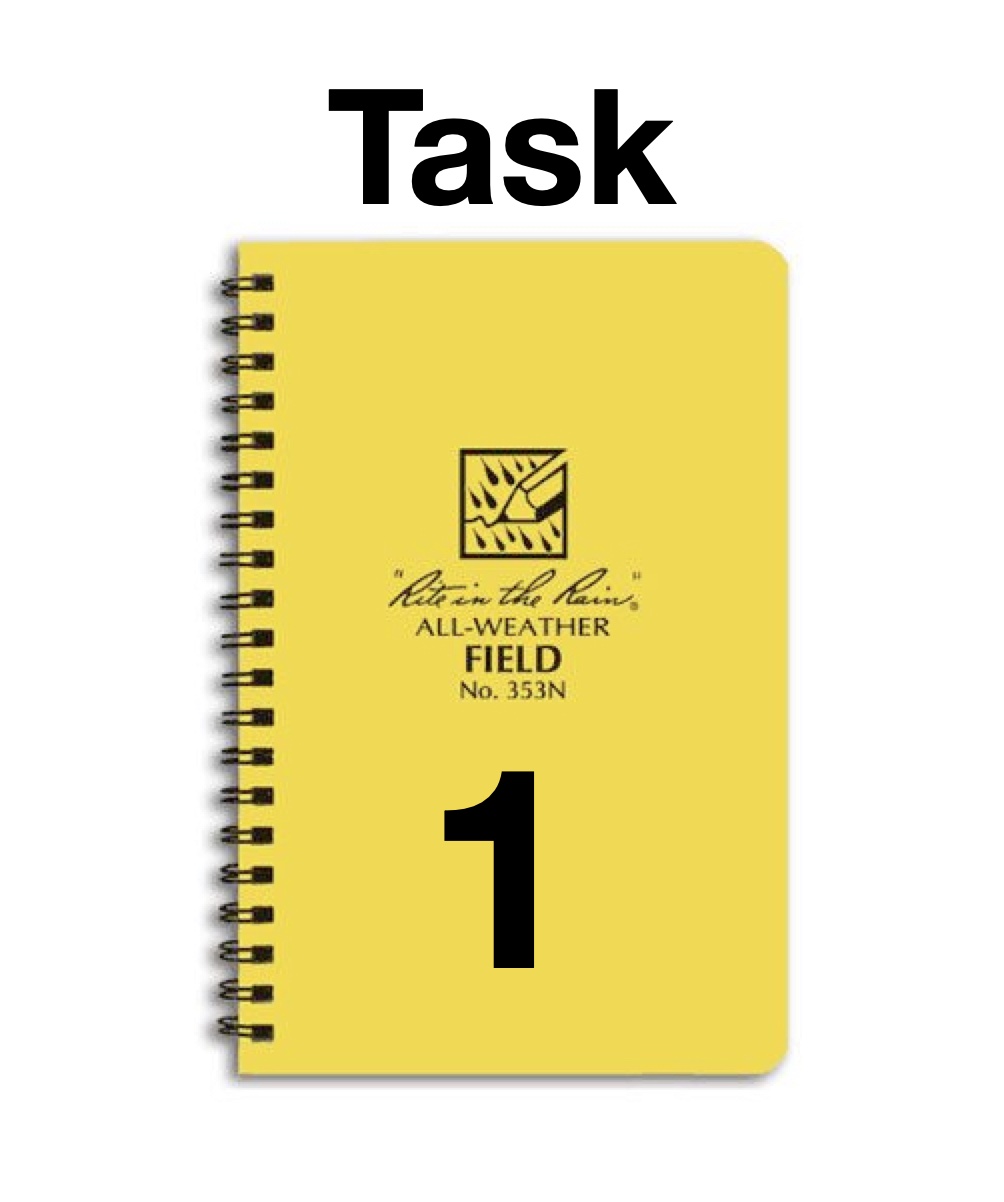
![Helicopter overflight of Kīlauea Volcano's lower East Rift zone on May 19, 2018 [USGS]](img/factorbanner.jpg)
Lava flows can move at very different speeds and can take on a variety of morphologies. Speeds up to 55 km/hr (34 mph) have been measured for some lava flows that are confined to channels.

In general, the fastest flow front velocities are about 8 km/hr, with most much less than 2 km/hr. Many factors influence the speed of a lava flow. The most important are the viscosity and the density of the magma, the lava flow thickness, and the slope of the underlying ground.
The main forces acting on a lava flow are 1) gravity, which drives the flow downslope, 2) drag at the base of the flow and 3) resistance caused by viscosity of the flow. These latter two tend to slow the progress of the flow.
In order for a flow to move, the gravitational force along the direction of slope must exceed the drag at the base and the internal resistance.
The velocity of a lava flow is can be estimated from the following equation:
V=(ρ g t2)/(B η sinα)
V = flow velocity
ρ = flow density
g = acceleration of gravity
t = flow thickness
B = constant
η = magma viscosity
α = slope angle
The thickness of a lava flow can be estimated from the following equation:
t = τ/(ρ g tanα)
τ = yield strength of the magma
t, g, ρ and α are defined above
For this exercise, simply use these equations to help you think about the trade-offs between variables. E.g., what happens to flow thickness if the slope angle increases? What happens to flow velocity as the magma viscosity increases?

Push the button below to visit the module for simluating lava flows.
Use the simulator to adjust the factors that control the flow behavior of the lava.
Answer the questions for Task 1 in your field notebook.
Lava Flow Simulator →When you have completed your simluations and answered the questions in your field notebook, you are ready to continue to the next page